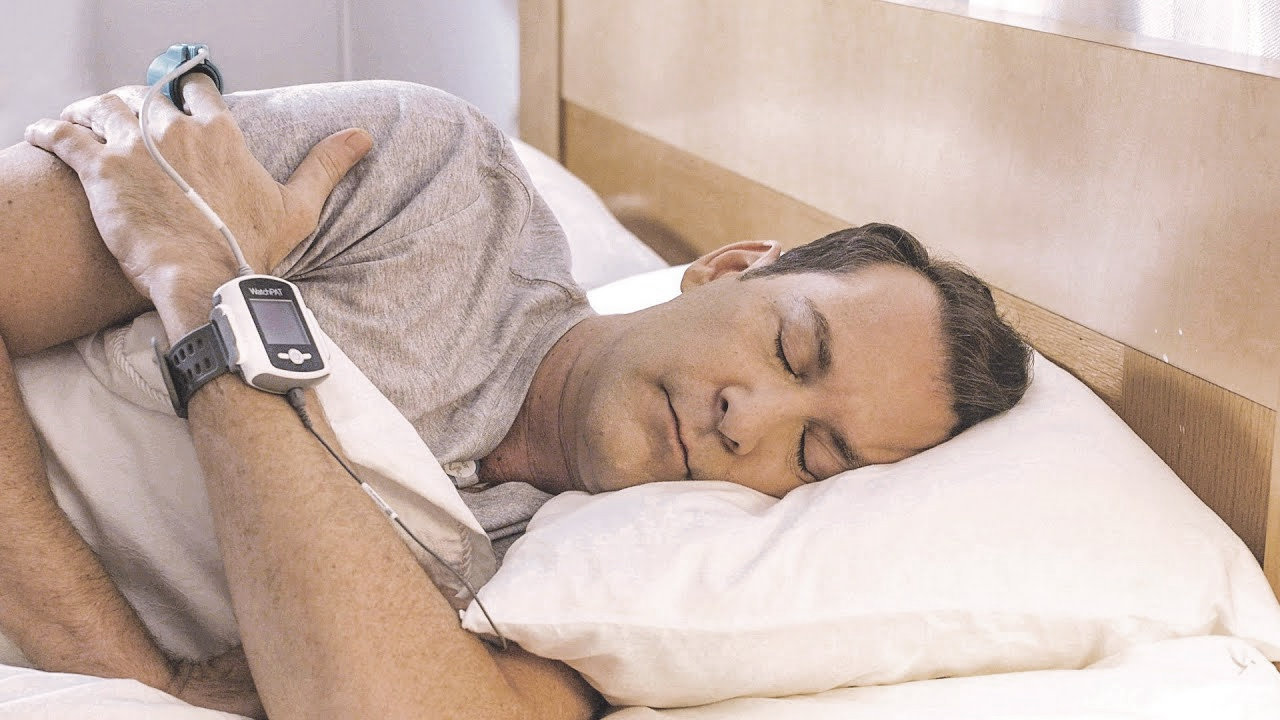Home Sleep Apnea Testing in Australia: Convenience and Accuracy
Sleep apnea is a common sleep disorder that affects millions of people worldwide. It is characterized by pauses in breathing during sleep, often accompanied by loud snoring and gasping for air. This condition not only disrupts the quality of sleep but can also have serious health risks if left untreated. In Australia, home sleep apnea testing has emerged as a convenient and accurate way to diagnose this condition. Understanding Sleep Apnea Sleep apnea is a complex disorder that affects the respiratory system during sleep. It occurs when the muscles in the back of the throat fail to keep the airway open, leading to brief interruptions in breathing. These interruptions, known as apneas, can last for a few seconds to a minute and can occur multiple times throughout the night. The severity of sleep apnea is typically measured by the number of apneas per hour of sleep. Sleep apnea home test Australia has revolutionized the way sleep apnea is diagnosed in Australia. Its convenience, accuracy, and affordability make it an attractive option for individuals seeking to understand their sleep patterns and address potential health risks associated with sleep apnea. As technology continues to advance, home sleep apnea testing is likely to become even more accessible and user-friendly, ultimately leading to improved outcomes for individuals with sleep apnea. Individuals with sleep apnea may experience fragmented sleep patterns, leading to poor sleep quality and daytime fatigue. The repeated drops in oxygen levels during apneas can put a strain on the heart and other organs, impacting overall health and well-being. It is essential to diagnose and treat sleep apnea to prevent long-term complications. The Science Behind Sleep Apnea Sleep apnea can be broadly categorized into three types: obstructive sleep apnea (OSA), central sleep apnea, and complex sleep apnea syndrome (CSAS). OSA, the most common type, occurs when the muscles in the throat relax and block the airway. Central sleep apnea, on the other hand, is caused by a failure of the brain to signal the muscles to breathe. CSAS is a combination of both obstructive and central sleep apnea. Obesity, smoking, alcohol consumption, and anatomical factors such as a narrow airway or enlarged tonsils can contribute to the development of sleep apnea. Understanding the underlying causes of the condition is crucial in determining the most effective treatment approach, which may include lifestyle changes, continuous positive airway pressure (CPAP) therapy, or surgery in severe cases. Symptoms and Risks of Sleep Apnea Sleep apnea often goes undiagnosed as its symptoms are often attributed to other causes. Common symptoms include loud snoring, excessive daytime sleepiness, morning headaches, irritability, and difficulty concentrating. If left untreated, sleep apnea can increase the risk of various health problems such as high blood pressure, heart disease, stroke, and diabetes. Individuals with untreated sleep apnea may also be at a higher risk of accidents, as the daytime fatigue and impaired cognitive function associated with the condition can affect performance at work or while driving. Seeking medical evaluation for suspected sleep apnea is crucial…

